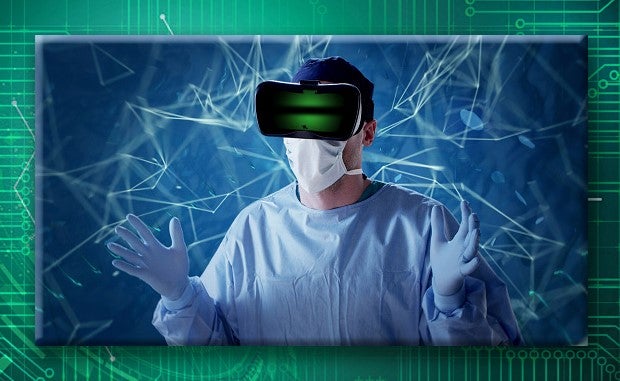

Why Virtual Reality Could Be a Bigger Part of Health Care’s Future

Health care has already become a more virtual experience thanks to advances in telehealth. But this could be just the beginning of a far more virtual era for the field.
Virtual reality technology could be poised for much wider application in areas like surgical training, helping patients manage chronic pain and obtain mental health support. Some startups, including MyndVR and Rendever, are targeting senior-focused VR applications to help the elderly improve memory and cognitive function, rehab therapy and socialization.
VR systems have been around for a long time in the gaming and entertainment world, but their applications in health care are more recent.
Researchers at Cedars-Sinai have been working with VR for more than five years now, studying its value across a number of areas, including to reduce pain, help cancer patients experiencing anxiety and depression, and complement traditional medicine.
UConn Health, meanwhile, has been using intelligent VR systems from Oculus Quest (a division of Facebook) and PrecisionOS to surgically train orthopedic residents outside the operating room. The devices allow surgeons to get as many repetitions as they need in areas where they are weak until they eventually obtain the skill. The technology also helps save time and money, since residents can only complete certain procedures on cadavers once.
The investment community is bullish about prospects for VR’s future in health care. One recent market research report estimates a 35% compound annual growth rate for VR in the health care market. By 2026, the report notes, the VR market in health care will surpass $40 billion vs. just $2.7 billion in 2020.
Nevertheless, VR companies still face some significant challenges to win broad adoption of the technology in health care. Many clinicians want to see more clinical trials and use-cases that demonstrate the safety and efficacy of VR for treating patients. Companies will also have to address how the technology will be created in a way that is not only safe for the patient, but also caters to the humanistic aspects of medicine — protecting the sacred patient-physician relationship.



